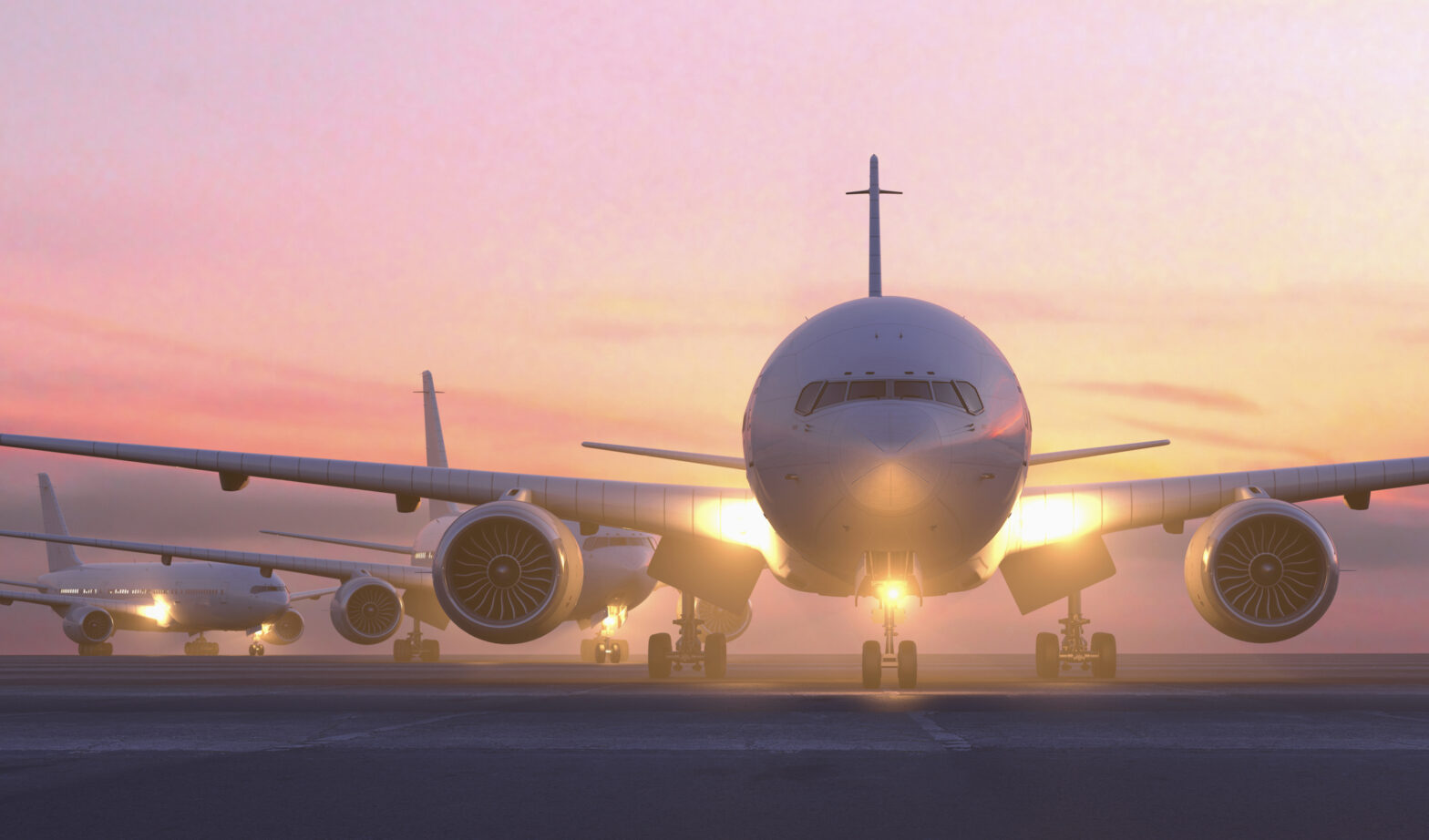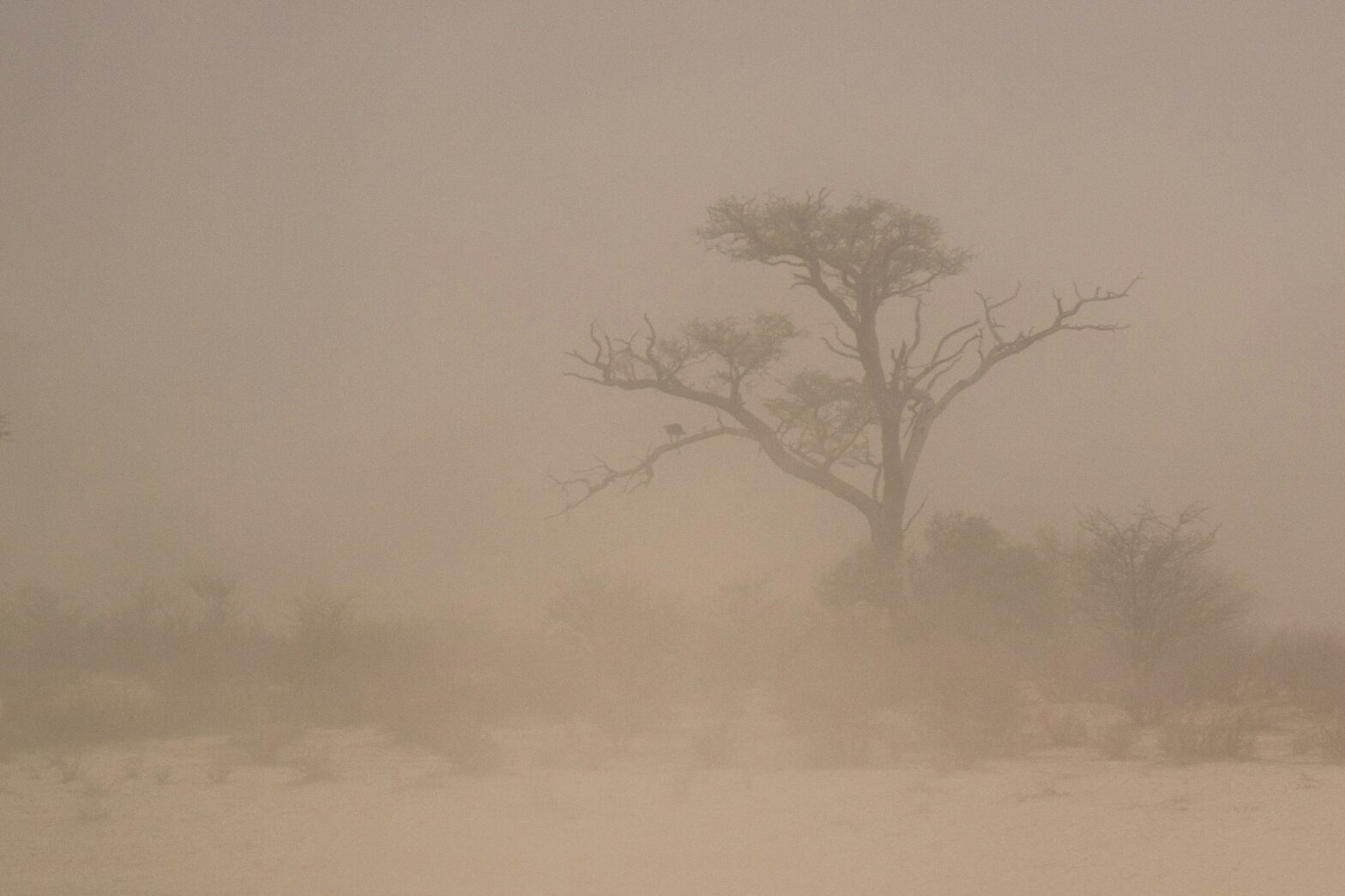The gritty action-mystery thriller “Gasoline Alley” brings together Bruce Willis, Luke Wilson and Devon Sawa in a tense, high-stakes narrative. Sawa plays Jimmy Jayne, a tattoo artist and ex-con who finds himself entangled in a murder investigation when investigators discover a lighter from his shop at the scene of a gruesome triple homicide. Willis and Wilson portray two hard-edged detectives who suspect Jimmy is hiding something. As Jimmy digs deeper to clear his name, he uncovers a web of corruption and danger.
When “Gasoline Alley” premiered in 2022, it quietly slipped into streaming and digital release with little box office impact. However, thanks to word of mouth and the persistent fan base of Bruce Willis, the film recently skyrocketed to the number one spot on Paramount+. With that renewed interest, fans are now curious: Where was “Gasoline Alley” filmed? You might be surprised to learn that the filmmakers brought the gritty streets of Los Angeles to life in the warm and welcoming towns of Tifton and Fitzgerald, Georgia. These hidden gems offer sprawling farmlands, walkable downtown areas, art galleries, museums, restaurants and outdoor adventures. The best part? You can visit nearly every public location featured in “Gasoline Alley.” This story is your ultimate guide for turning your fandom into a weekend getaway.
Traverse Through Georgia As Seen In ‘Gasonline Alley’
Key Scenes: One of the most memorable scenes in “Gasoline Alley” takes place in the tattoo parlor, which the filmmakers filmed inside a retro space in downtown Tifton. Another standout sequence where Jimmy flees from the cops on foot occurs across Fitzgerald’s Old Train Depot district, an area filled with red brick facades and wide alleyways. A high-intensity car chase scene happens on Love Avenue in Tifton, cleverly edited to mimic the gridlock of L.A. traffic. Fans asking where “Gasoline Alley” was filmed can walk these streets and instantly recognize the backdrop of their favorite action sequences.
Best Time to Visit: South central Georgia enjoys mild winters and hot summers. If you plan a trip to explore the filming locations, spring (March to May) and fall (September to November) are your best bets. These seasons offer pleasant temperatures for walking tours and outdoor adventures. Spring also brings blooming azaleas and festival season, while fall brings cool breezes and harvest events. If you’re a fan of outdoor photography or just want to beat the summer heat, stick to these shoulder seasons for your adventure in Tifton and Fitzgerald.
Transportation Options: Flying in? The closest major airport is in Atlanta, about two and a half hours north. From there, renting a car is the best option for exploring Tifton and Fitzgerald. These towns offer limited public transportation, so having a vehicle will give you the most flexibility. Rideshare services like Uber are available, but may have slower response times. If you want full control over your trip – especially for hitting multiple filming sites – renting a car is the way to go.
Though the plot of “Gasoline Alley” unfolds in the crime-ridden underbelly of present-day Los Angeles, the filmmakers didn’t shoot the movie anywhere near California. Instead, the filmmakers chose Tifton and Fitzgerald, Georgia, for their flexible scenery and film-friendly infrastructure. Tifton’s blend of vintage buildings and industrial backdrops allowed producers to recreate L.A.’s grittier streets with ease.
Fitzgerald, known for its quaint downtown and rural outskirts, offered an ideal contrast for quieter, character-driven scenes. If you were wondering where “Gasoline Alley” was filmed, the answer points to the heart of South Central Georgia, where the film crew transformed southern charm into big-city edge. The film’s urban noir style, intense pace and gritty character development keep audiences locked in from start to finish. Though not heavy on visual effects, its mood and pacing reflect a throwback to old-school crime thrillers with modern twists and fast-moving dialogue.
Things to Do: Beyond filming locations, both towns offer plenty to entertain you. In Tifton, check out the Georgia Museum of Agriculture & Historic Village, where you can learn about 19th-century life and take scenic photos. Fitzgerald boasts the Blue and Gray Museum, filled with Civil War artifacts and local history. Art lovers can visit the Tifton Museum of Arts and Heritage, housed in a historic church building. Outdoor enthusiasts will enjoy Fulwood Park in Tifton or a walk along the Fitzgerald bike trail. Every corner of these towns offers a peek into the local soul – and scenes from “Gasoline Alley.”
Where to Eat: Start your day with a hearty breakfast at Espresso 41 in Tifton, a cozy coffee shop with killer biscuits. For lunch, pull up to Our Daily Bread Bakery and Café in Fitzgerald. Locals love the chicken salad and fresh-baked bread. Dinner options include Charles Seafood in Tifton, known for its shrimp and grits, which are served with Southern hospitality. Or try Nabila’s Garden in Fitzgerald for authentic Southern buffet-style eats.
Where to Stay: Both towns offer charming accommodations if you’re staying overnight. In Tifton, book a night at the stylish Hilton Garden Inn or enjoy Southern hospitality at the Country Inn & Suites. Fitzgerald’s historic Dorminy-Massee House provides a bed-and-breakfast experience with a personal touch. For fans eager to explore every corner, these lodgings put you right near key filming sites. Many locations are walkable or just a short drive away, making access into your favorite scenes easy.
Frequently Asked Questions
Is “Gasoline Alley” Bruce Willis’ last movie?
No, “Gasoline Alley” is not Bruce Willis’ final film. However, he filmed it as one of his last few movies before retiring in 2022 due to health issues. Willis’ last film was the 2023 science-fiction action movie “Assassin.” He completed several other projects around the same time, and studios released many of them after he announced his retirement.
Why did Bruce Willis do so many movies after being diagnosed with dementia?
Bruce Willis continued acting after his diagnosis due to several factors. Many of his roles were filmed back-to-back in short timeframes. These productions often had scripts and sets designed to support him. Friends and family also shared that acting was part of his identity and gave him a sense of purpose.





